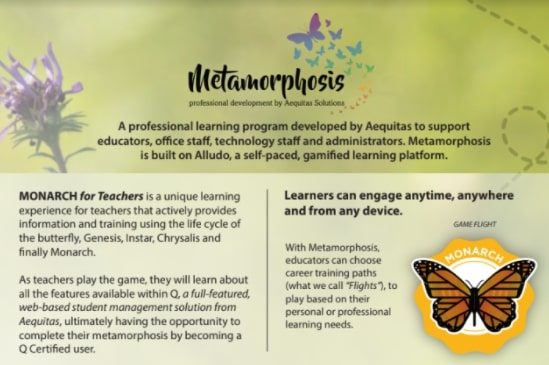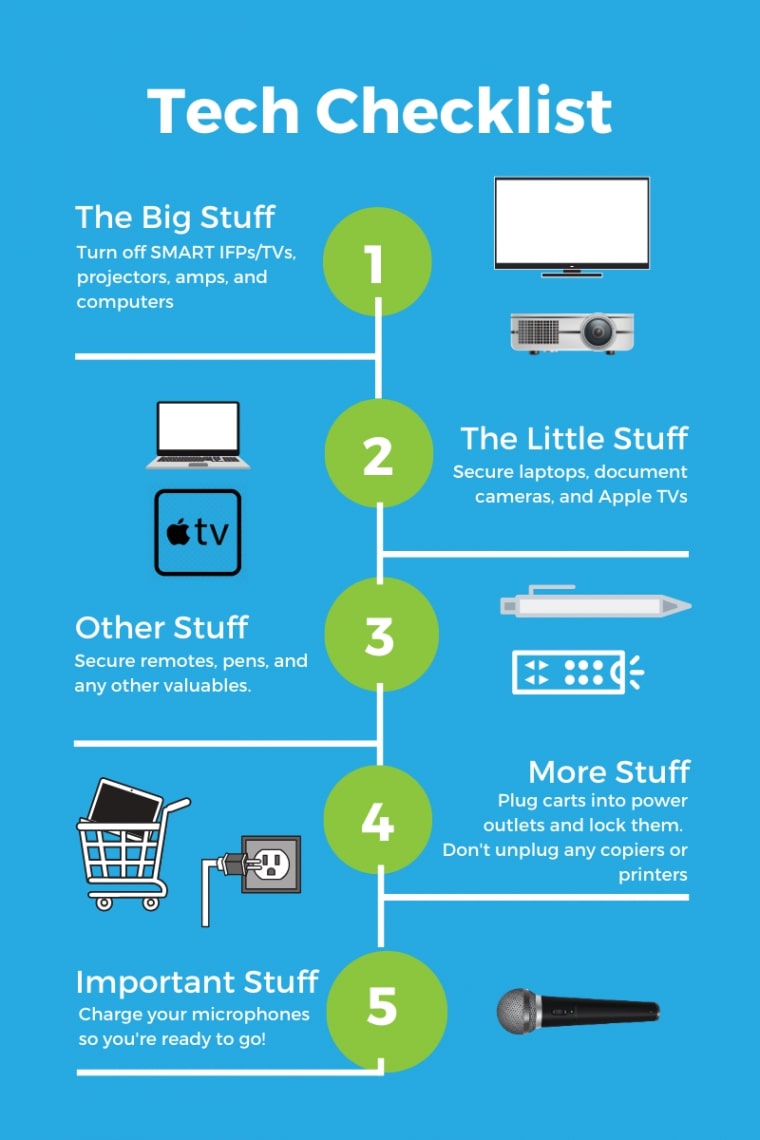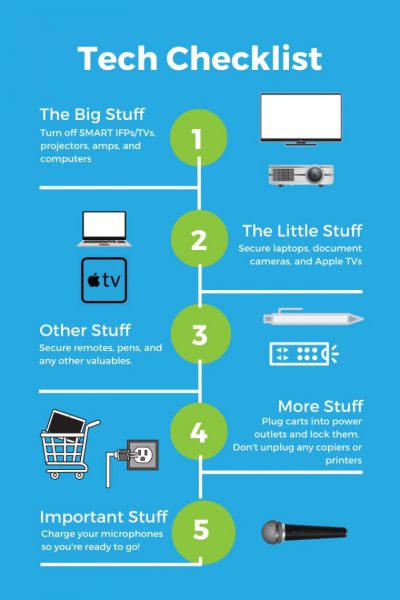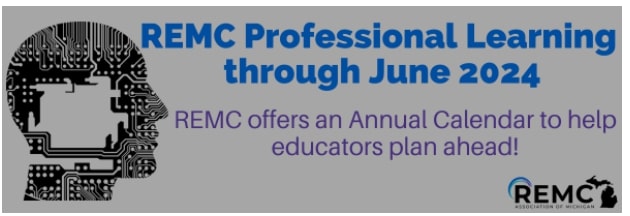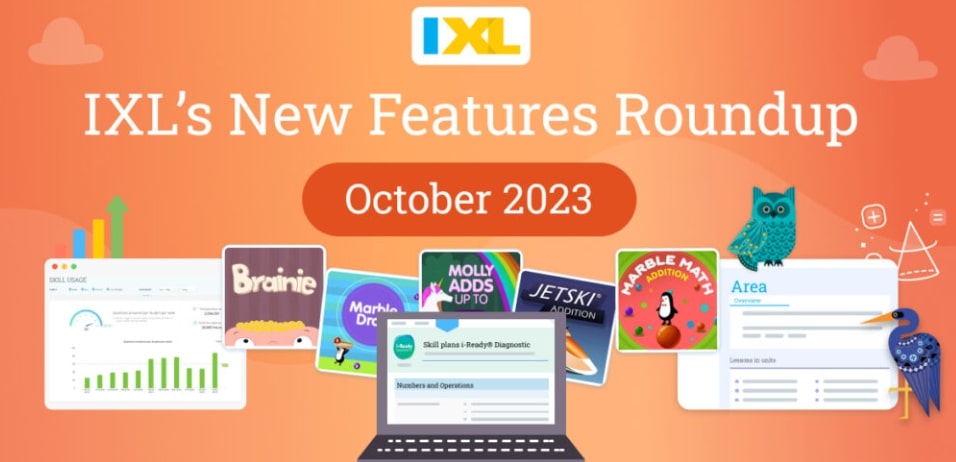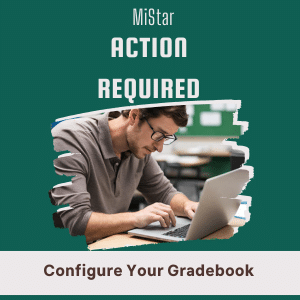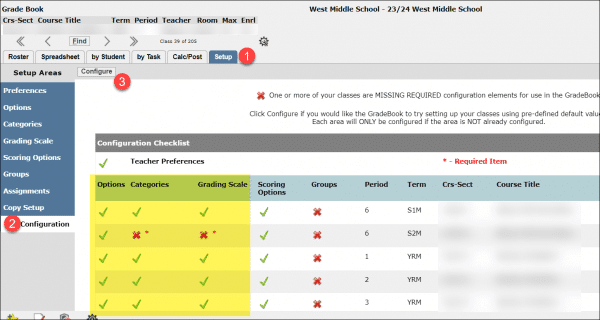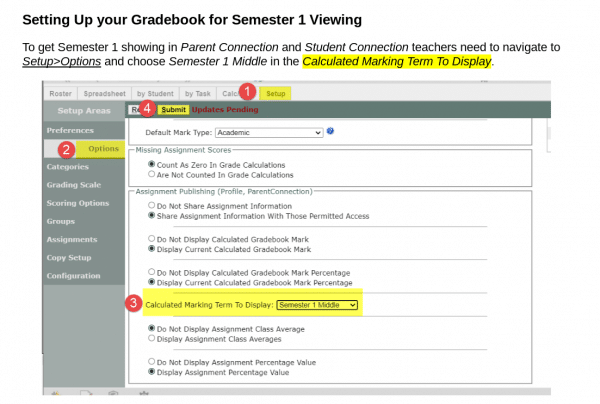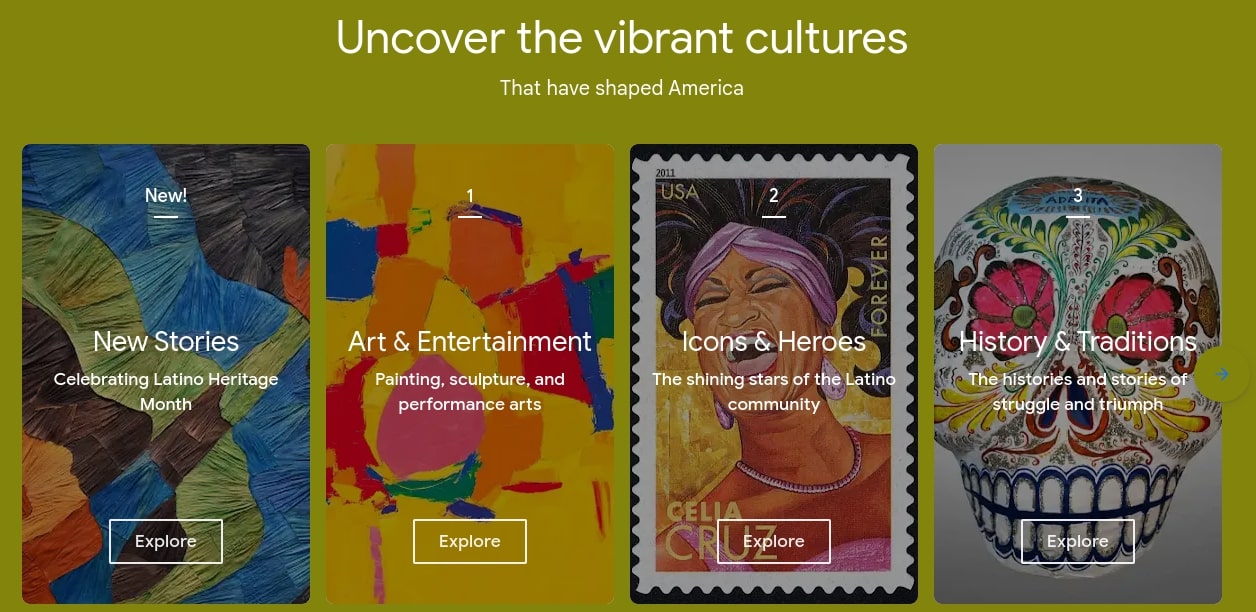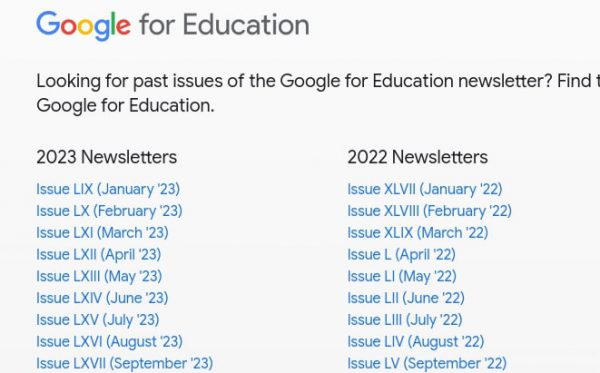In an effort to provide a more consistent and responsive network experience for staff and students, starting February 6, the current throttled PCCSK12-Guest network will be decommissioned. It will be replaced by 4 new networks: PCCSK12-Visitor, PCCSK12-Guest-BOE, PCCSK12-Guest-ESC, and an unthrottled PCCSK12-Guest network. The availability of these networks will vary by time, day, and location.
- PCCSK12-Visitor will be available for legitimate visitors in school buildings weekdays, between 7 am and 2:30 pm. Account passwords for this network will be changed daily and will be made available to each building’s front office staff through the same method used to share daily sub account information.
- Unthrottled PCCSK12-Guest will be available for guests in school buildings weekdays, after 2:30 pm and until 7 am the following day, as well as all day on weekends. No credentials will be required; only acceptance of the acceptable use policy.
- PCCSK12-Guest-BOE will be available 24/7 for guests at the E. J. McCLendon Center. No credentials will be required; only acceptance of the acceptable use policy.
- PCCSK12-Guest-ESC will be available 24/7 for guests at the Educational Support Center. No credentials will be required; only acceptance of the acceptable use policy.
Students and staff who have hitherto used the PCCSK12-Guest network for personal devices will need to join their respective PCCSK12-Student or PCCSK12-Staff network prior to February 6 to avoid interrupted access. In January, everyone is strongly encouraged to check their personal devices to confirm they are connected to the appropriate network and make adjustments as needed. If students have trouble adding their personal devices to the PCCSK12-Students network, please ask them to contact their school’s technology support team. If staff have trouble adding their personal devices to the PCCSK12-Staff network, please ask them to submit a service ticket.
Please also note, concurrently connected personal devices’ policy change for the PCCSK12-Staff and PCCSK12-Student network is in process:
We are migrating to a network policy where concurrently connected devices using the same network credentials at physically different building locations (for example, PCEP and an elementary or middle school) will trigger curtailed access, due to security concerns. In other words, if someone else is using your district credentials on their device to connect to our network and they are in a different building, your network account will be disabled from continuing to connect personal devices to our network. As a reminder, please only use your credentials on your very own personal devices. Credentials should never be shared. Students with personal devices should never be connected to the PCCSK12-Staff network; if they want to have their personal device on our network, they should connect it to the PCCSK12-Student network. Conversely, staff should not be connecting to the PCCSK12-Student network.
We will also be monitoring how many devices in the same building are concurrently connected to our network using the same network credentials. Presently we reason there should be no more than three (3) concurrent connections in the same building, presuming a staffer may have as many as three devices (eg a watch, a cell phone and a personal computer), all of which they hope to connect to our network. Having more than three devices connected in the same building location may trigger curtailed access, following our review of the use case.


